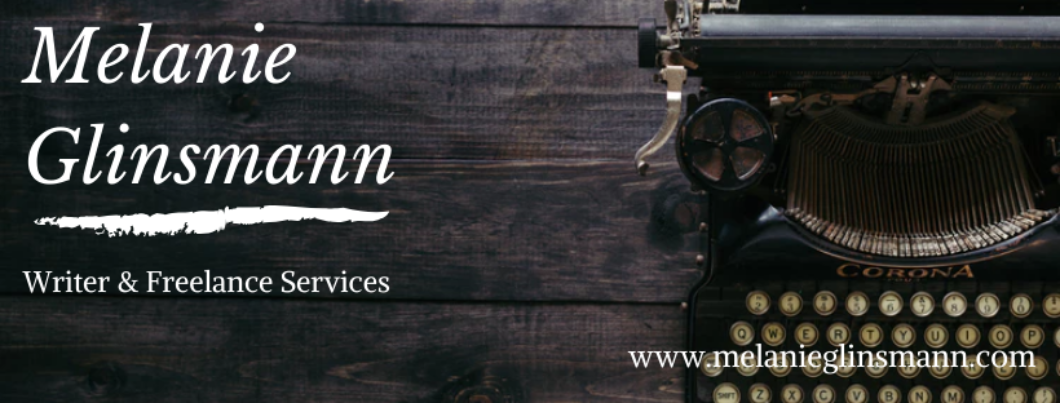Once Upon A Time…
Most people recognize this line as an opening for a fairy tale. Fairy tales are part of our collective literary and cultural history. While the stories may differ from culture to culture, the lessons portrayed in tales are universal. Writers have altered the original versions of tales over the years. They held dark and dangerous warnings that have been toned down into the stories we know today. But regardless of which version you read, the familiar structure, characters, and themes within the tales still remind us of their purpose.
Many theories exist as to how and why fairy tales started, but the prevailing thought is that they began as stories told orally as a means to teach children lessons. Over time, with the development of written language, and eventually the printing press, those stories were written down in various forms.
Fairy tales might seem like kids’ stuff to some. But look at many of the popular movies in recent years. Super hero movies have become widely popular around the globe. While they might not have a princess to rescue or a troll hiding under a bridge, these movies resemble the same structure, character traits, and outcomes as a fairy tale. A main character that possesses some sort of special power or is given a special quest to save others. The story revolves around befriending or overcoming science fiction/fantasy world creatures. And in the end, the hero saves the day and/or learns lessons. That’s the same as a fairy tale. (Feel free to look up Joseph Campbell for more details on the hero’s journey story arc. I won’t bore you with my literary studies nerdiness too much.)
WHY FAIRY TALES?
I am by no means a Disney princess. Far from it. My interest in fairy tales comes from my study of linguistics and narrative theory. To further demonstrate my nerdiness about literary studies, I even wrote my master’s thesis over how J.K. Rowling utilized fairy tale characters, motifs, and structure in the Harry Potter series. (If you are interested in more on all that fun, feel free to let me know. I love to talk about my thesis!)
But I digress.
My interest in fairy tales started long before graduate school. I’ve always loved fairy tales, and anything related to myths and legends. All three of these types of stories appeal my interest in language, culture, and especially the art of storytelling.
So when, as a teacher, my students challenged me to write a fairy tale as part of our reading unit on fairy tales and myths, I accepted their challenge. I added fun to the challenge by using my students as characters in my story. I wanted them to see that creative writing could be a fun way to share their interests and concerns.
The tale I wrote originally focused on a young princess (of course), who tries to find a way to reverse a curse placed on her father. The story included familiar fairy tale elements like magical creatures and making a journey.
After writing my fairy tale, I set it aside for many years. But I always kept it with the intention of doing something more with the story in the future. When I started playing with ideas for my novel, it didn’t take long for me to pull out that fairy tale again.
Like the original version of many traditional fairy tales, my story changed over time as well. First, I took out any direct references to my students to protect their privacy. I adjusted the overall story to reflect the plot of my novel as a whole. Rather than generic terms for different parts of the imaginary kingdom, I developed a full world, complete with a map and research into name/word derivations. I incorporated my love of other myths and legends, particularly the Celtic myths of Ireland and Scotland. Eventually, the fairy tale grew into something interwoven into the plot of my novel.
TO SAVE A KING
My fairy tale became a story-within-a-story. The fairy tale portion of the novel is called “To Save a King.” While the tale itself can be read as a separate story, it became a part of the larger narrative of the novel. The story-within-a-story thing certainly isn’t new. But, this structure gave me the perfect way to blend the traditional features of a fairy tale with the modern world of a teenage boy and his family. My novel is like Bridge To Terabithia or The Neverending Story, but instead of wanting to escape their real lives in favor of the imaginary world, my main character writes the fairy tale as a way work through the challenges he and his family face in the real world.
My novel’s main character turns a project for a creative writing class into a way to help his young sister during medical treatments. Just as I incorporated my students into my fairy tale, my character incorporates his sister into his story. He reads his fairy tale to her to take her mind off medical procedures. Ultimately, writing the tale also becomes a way for him to voice his own frustrations over his parents’ divorce.
STORYTELLING MATTERS
The power of storytelling is universal. Whether it’s a timeless fairy tale or a new novel centered around a current event, people have been learning lessons from stories for centuries. By incorporating the old (a fairy tale) with the new (young adult novel), my intent is to show the power of stories exists for all ages. Stories, both in real life and for fictional characters, help us learn about ourselves and others that we might not otherwise be able express or even recognize.
** What were your favorite fairy tales growing up? What fairy tale would you like to see retold for a modern audience? **
Reignite your creativity!

Subscribe to get new content, monthly newsletter, and important updates. You'll also receive a free download - "30 Days of Creative Inspiration."



